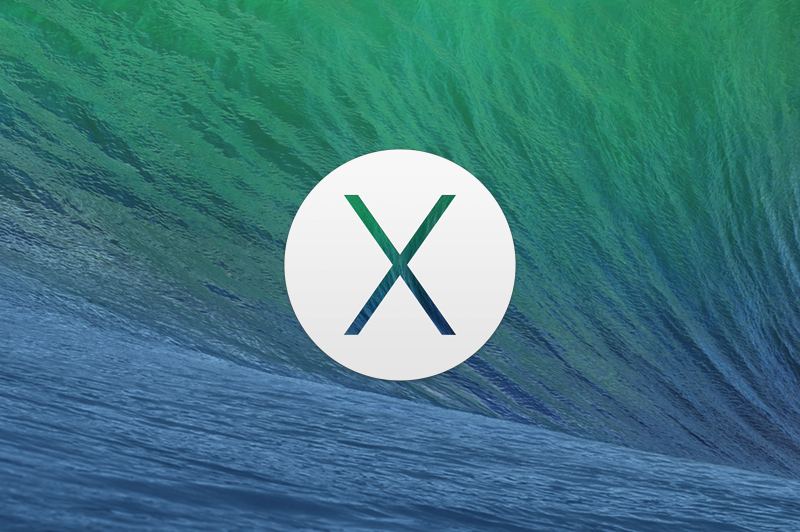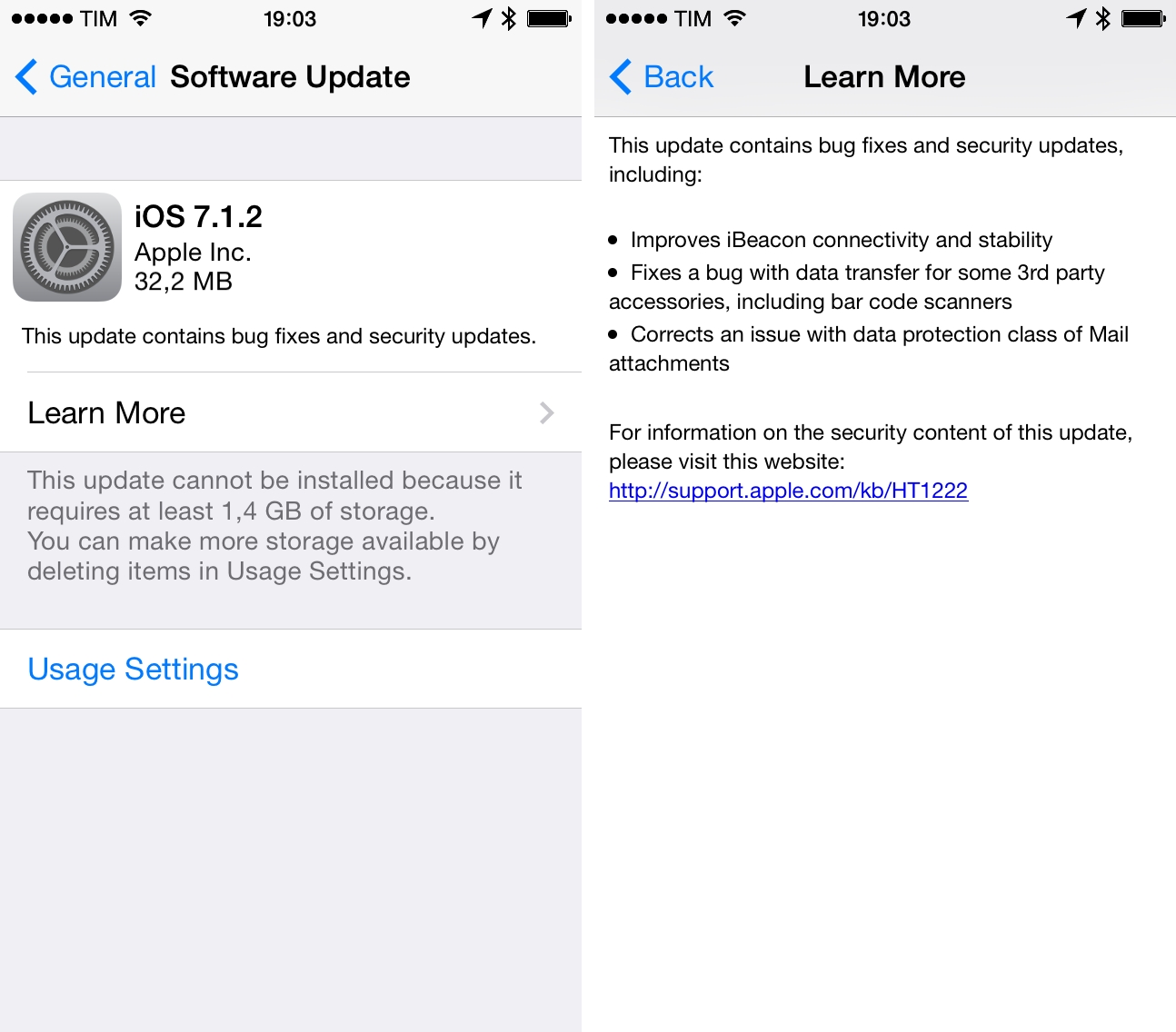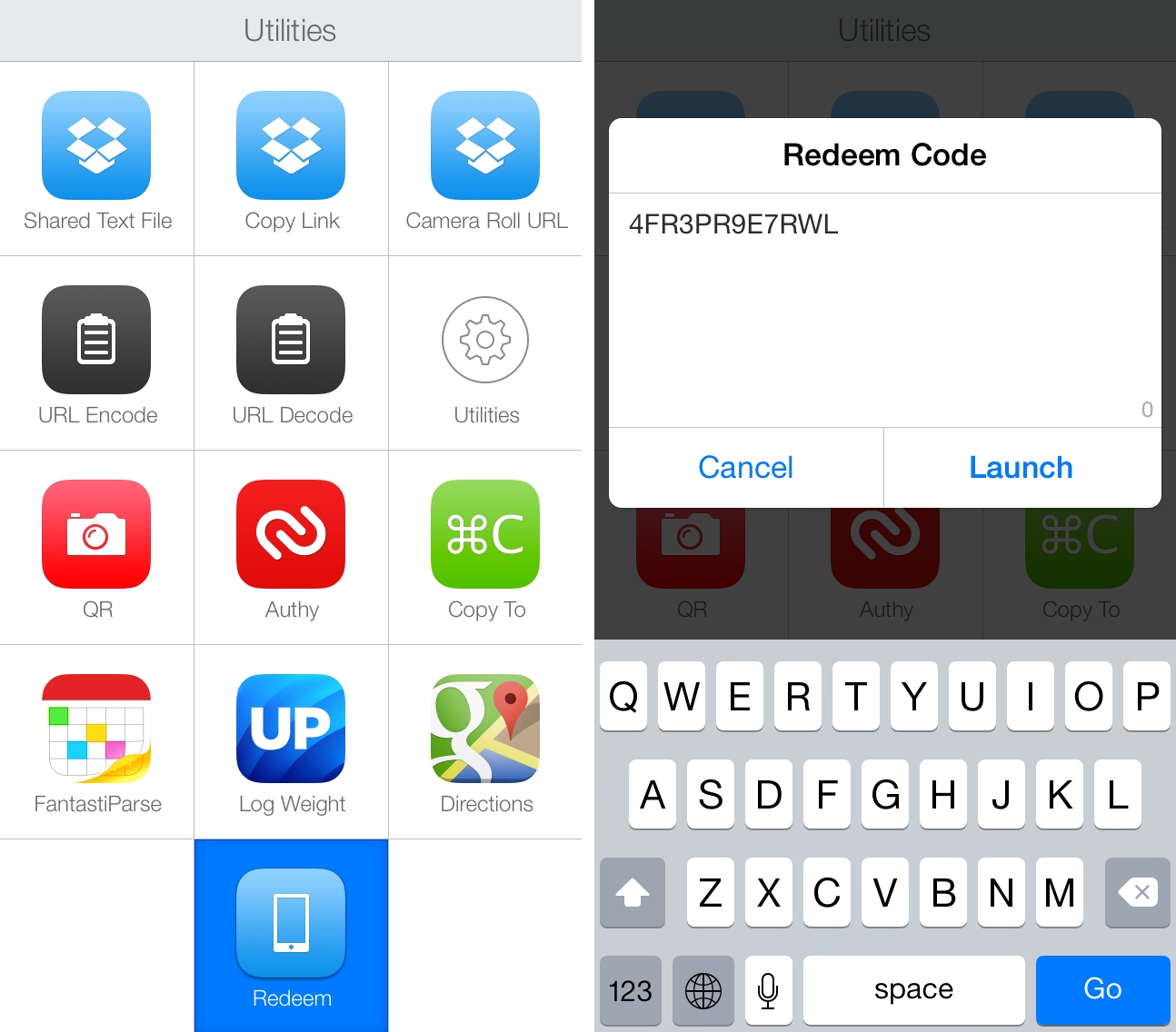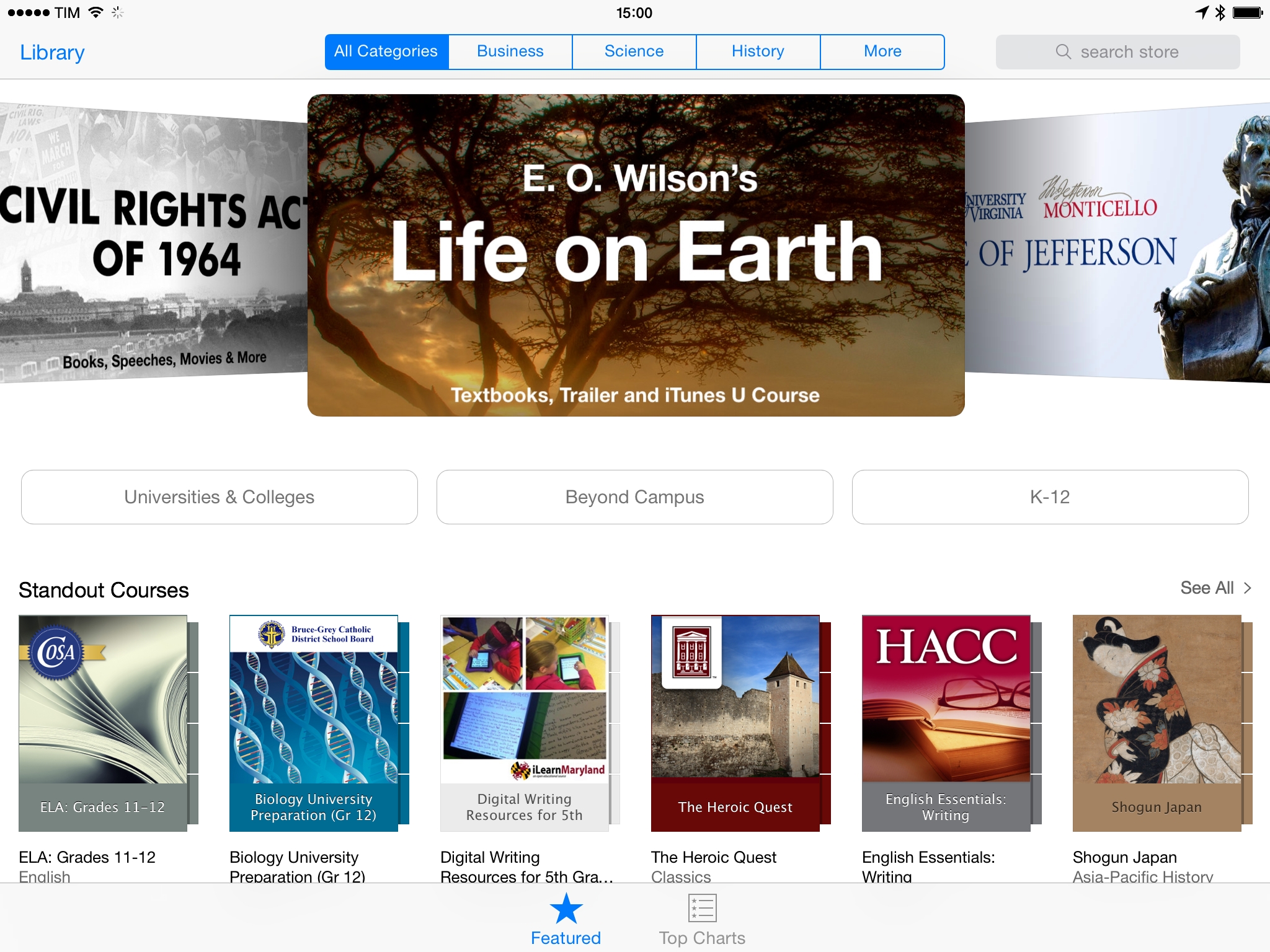As first noted by AppleInsider, Apple has started rolling out two-step verification for iCloud.com, allowing iCloud users who opted-in for the authentication system to sign into web apps through a verification code sent to a trusted device.
Apple Rolling Out Two-Step Verification for iCloud.com
Spotify for iOS Adds Offline Search for Downloaded Music→
Released today, version 1.3 of Spotify for iOS adds a seemingly obvious feature that, however, was missing from the app: search for downloaded music when in offline mode. Spotify recently revamped their apps to include an iTunes-like organization system called Your Music, and the improved search feature will look for songs cached on your device when the app is offline.
As an aside (and speaking of Launch Center Pro), here’s the action I’ve been using to quickly search for songs on Spotify without navigating to the search screen every time. It’s a huge timesaver and it works with offline search as well.
Apple Releases OS X 10.9.4 with WiFi Fixes, Safari 7.0.5
Following the release of iOS 7.1.2, Apple also pushed OS X 10.9.4 to Software Update, bringing WiFi-related fixes and Safari 7.0.5 to Mavericks users.
The new version includes a fix for a bug that prevented Macs from automaticallty reconnecting to known WiFi networks and improves the reliability of wake from sleep. An issue that caused “the background or Apple logo to appear incorrectly on startup” has been fixed, and an updated version of Safari (7.0.5) is bundled with the update as well.
OS X 10.9.4 is available now from Software Update through the Mac App Store. You can find the direct download links below.
Apple Releases iOS 7.1.2
Apple released iOS 7.1.2 today, bringing a variety of bug fixes to iPhone and iPad users. The update, available over-the-air, improves iBeacon stability and connectivity (issues with the iBeacon APIs had been reported by a variety of hardware makers and app developers over the past few months), corrects a problem with the data protection class of Mail attachments (first reported in May), and includes fixes for third-party accessories.
Apple released the first major update to iOS 7, version 7.1, in March. iOS 7.1.2 is available now through Software Update on iOS and OS X (via iTunes).
Simple Percentage Calculations with OffOf
I was recently looking for a simple percentage calculator for iPhone and I came across OffOf, an app developed by Daeo Corp. and available for free on the App Store.
As the name suggests, OffOf lets you calculate the percentage off an amount or the percentage of an amount. While this operation is possible with any calculator, OffOf has a visual interface with buttons to switch calculation types with a single tap. If you want to calculate how much a $50 t-shirt is going to cost you at “25% off”, select the Off button, tap percentage and enter a number, then tap Amount and the app will calculate it in real time. On the other hand, if you have to know how much the 20% of 135 corresponds to, you can choose the Of type and let the app calculate it for you with no additional manual operations.
My main concern with OffOf is that, in an effort to provide a colorful iOS 7 design (reminiscent of Numerical), it’s hard to distinguish the selection state for the Percentage and Amount fields. The app uses a white highlight for numbers in those areas, but I find it hard to parse when compared to the light gray used for the non-selected state. It’s a minor problem, but it confused me when I started using the app.
OffOf won’t become a hit among calculator power users, but, for me, is solves a common problem, and it’s free on the App Store.
Aptonic - Dropzone 3 [Sponsor]→
Dropzone is a productivity tool that enhances drag and drop on your Mac. Drag files onto the menu item and a beautifully designed and animated grid of all your actions opens. Share with services such as AirDrop, Imgur, FTP, Amazon S3, Facebook, Twitter and many others. Move and copy files, launch applications and even develop your own actions using the powerful Ruby based scripting API.
Dropzone 3 is a huge update to the app that takes Dropzone to a whole new level. You can now add actions to your grid faster thanks to the new quick add menu or by dropping folders or apps onto the ‘Add to Grid’ area. Quickly reorganise your actions using drag and drop and delete them by holding the option key. The new in-grid progress bars let you keep track of task progress. Also see how tasks are progressing at a glance in the new animated menu item.
Drop Bar is another great new feature - Drag files you know you’ll need later onto the Drop Bar area of the grid to stash them tempororily. Drag stacks on top of each other to combine them. You can even drag a stack onto another Dropzone action.
In Dropzone 3, the developer API has undergone a major overhaul. You can now duplicate existing actions and tweak them to your liking. A new bundle system lets you distribute needed libraries or tools along with your action. Actions can now be auto-updated as they are improved. With a little Ruby knowledge you’ll be thinking of your own uses in no time - check out the developer documentation here.
Our thanks to Aptonic for sponsoring MacStories this week.
Redeeming App Store Promo Codes with Launch Center Pro
I was taking a look at my Launch Center Pro action library over the weekend, and I realized that I didn’t have a shortcut to quickly redeem App Store promo codes.
Whether it’s a promo code for an app pitch or a gift card I need to redeem on my iTunes account, I constantly find myself opening the App Store app, scrolling to the bottom, tapping Redeem, pasting the code, and confirming everything with my password. But we’re not prehistoric iPhone users, and this can be automated. And even better, the tweaks introduced in Launch Center Pro 2.3.1 make the process seamless yet flexible.
Apple Announces Major Update to iTunes U App with Creation, Discussion Features for iPad
In a press release, Apple today announced version 2.0 of iTunes U for iOS, which will launch on July 8 and introduce new creation and discussion features for teachers and students on the iPad. In the update, teachers will be able to “create, edit and manage entire courses directly on iPad for the first time”, while students will “have everything they need to fully collaborate with their classmates and teachers”.
The new in-app updates to iTunes U give teachers full course creation capabilities on iPad, with the ability to directly add rich content and learning materials from iWork, iBooks Author or any of the over 75,000 educational apps available for iPad. Taking advantage of the built-in camera on iPad, teachers can also capture photos and videos to incorporate real-world subject matter into any course, making relevant content available to all students in an instant.
Apple quoted Fraser Speirs, who rolled out the world’s first 1:1 iPad program at Cedars School of Excellence in Scotland, previously featured by Apple.
“iTunes U is the most powerful destination for bringing the entire educational experience to life on iPad,” said Fraser Speirs, head of computing and IT at Cedars School of Excellence in Scotland. “By freeing teachers to create and organize courses right on iPad, educators can be better focused on enabling student participation both with the content and one another.”
With iTunes U 2.0, students will get a new Discussion area in the app to discuss topics with classmates, set up notifications for specific topics and replies, and interact with teachers, who will be able to act as moderators in the private forums.
iTunes U for iPad was originally launched in January 2012. Over 750,000 individual learning materials are available in the iTunes U app, and educators can create iTunes U courses in 69 countries.
Apple and Privacy→
Rich Mogull, writing for Macworld, breaks down Apple’s focus on customer privacy:
Corporations generally limit their altruism to charity, not to core product and business decisions. Apple likely sees a competitive advantage in privacy, especially when its biggest direct competition comes from advertising giant Google and the enterprise-friendly Microsoft. Apple believes consumers not only desire privacy, but will increasingly value privacy as a factor in their buying decisions.
As a consumer, I value privacy for the devices I buy and the apps I use. This isn’t limited to Apple: I appreciate DuckDuckGo and its consistent prioritization of privacy and no-tracking features, and I like services based on a business model that’s not selling what I read, click, and type to others.
To some people, this doesn’t matter, and I get it. But personally, I see a customer advantage in choosing apps, hardware, and web services (whenever possible) that I feel comfortable using with clear privacy policies and user controls, and Rich explains Apple’s position well.









